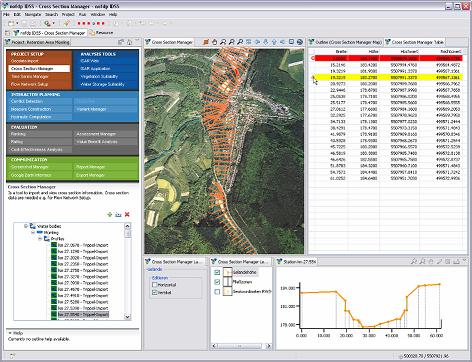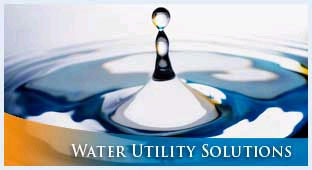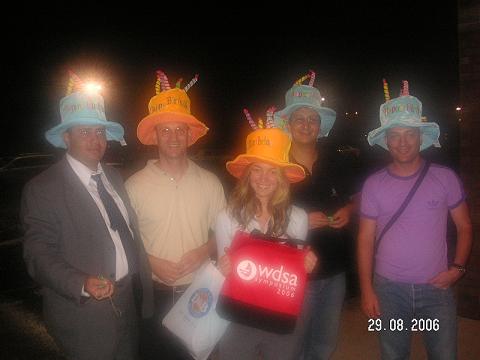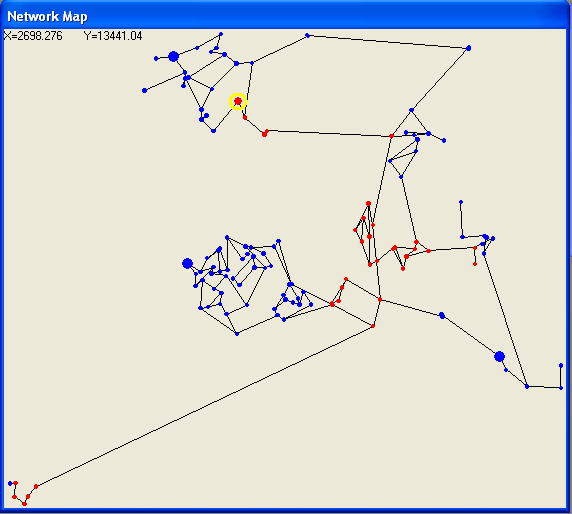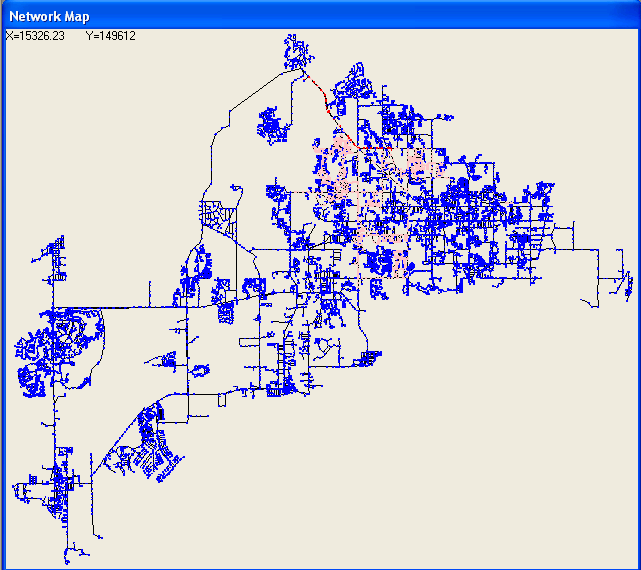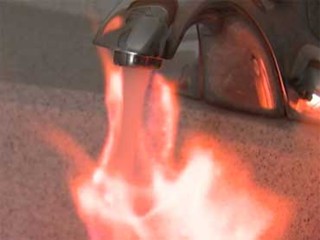xpswmm
XPSWMM by xpsoftwareis saidֲ to be complete software package for modeling stormwater and wastewater flows and pollutants. Itֲ may beֲ used by scientists, engineers and resource and asset managers to simulate natural rainfall-runoff processes and the performance of engineered systems that manage our water resources.
xpswmm is used to develop link-node and spatially distributed models that are applied to the analysis, design and simulation of storm and wastewater systems. xpswmm also models flow and pollutant transport in natural systems including rivers, lakes, and floodplains with groundwater interaction. Floodplain flow can be modeled in 2 dimensions or in an integrated 1D-2D linked configuration.
xpswmm simulates the complete hydrologic cycle in rural and urban watersheds. Beginning with single or multiple rainfall events and dry weather flows, it models flows through collection, conveyance and treatment systems to the final outfalls. All hydrologic processes including infiltration, temporary storage and ground-surface water exchanges are included in the model.
Key features:
-
GIS Integration
-
Animations
-
Scenario manager
-
Real time control
-
EPA SWMM compatibility
-
FEMA approval
-
Hydrology methods choices
-
Localization
-
Quick data view
-
Subsurface hydrology
-
Conduit design
I found a video on YouTube that shows an example of building flooding using xpswmm (see other videos tagged with xpswmm):
